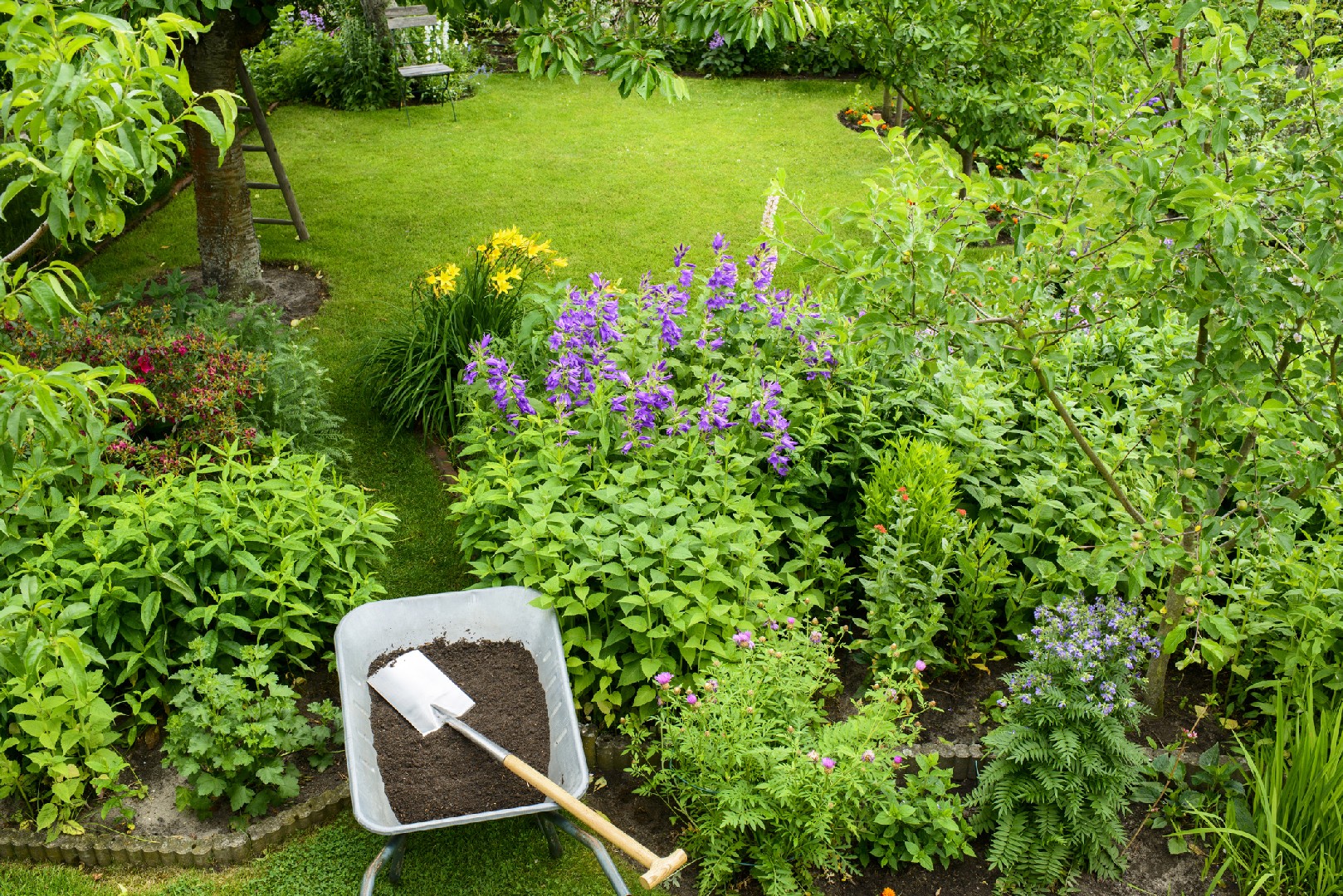![Rectangle]()
The Intricacies of Soil Fertility: A Comprehensive Overview
Soil fertility is a fundamental aspect of successful fertilization. Understanding what classifies as 'fertile' soil and its characteristics is crucial for gardeners and farmers alike. Fertile soil is characterized by its ability to provide essential nutrients and minerals to plants, enabling them to grow and thrive. These nutrients include macronutrients such as nitrogen, phosphorus, and potassium, as well as micronutrients like iron, zinc, and manganese.
To ensure soil fertility, it is important to pay attention to various factors that influence its health. One such factor is organic matter. Soil enriched with organic matter, such as decomposed plant material or compost, enhances soil fertility by improving its structure, water retention capabilities, and nutrient content. Organic matter acts as a reservoir for essential nutrients, releasing them slowly over time and providing a steady supply to plants.
Another critical factor in soil fertility is pH level. The pH level of soil determines its acidity or alkalinity. Most plants prefer a slightly acidic to neutral pH range of 6 to 7.5. Maintaining the optimal pH level is essential as it affects nutrient availability to plants. Soil testing kits are readily available and can help determine the pH level of your soil. If the pH level is too high or too low, amending the soil with lime or sulfur can help bring it within the desired range.
In addition to organic matter and pH level, soil texture also plays a significant role in soil fertility. Soil texture refers to the composition of soil particles, such as sand, silt, and clay. Sandy soils, for example, have larger particles and tend to drain quickly, while clay soils have smaller particles and retain more water. Finding the right balance of soil texture is crucial for optimal soil fertility. Adding organic matter can help improve soil structure and enhance its water-holding capacity for both sandy and clay soils.
Understanding the intricacies of soil fertility is not only important for agricultural purposes but also for the health of natural ecosystems. In natural ecosystems, soil fertility is essential for the growth and survival of native plants and the diverse organisms that rely on them. Maintaining healthy soil ecosystems is crucial for preserving biodiversity and sustaining the overall health of the planet.
In cultivated gardens, soil fertility is equally vital. Having fertile soil allows gardeners to grow a wide variety of plants successfully. When the soil is rich in nutrients, plants are more resistant to diseases and pests, and they produce higher yields of fruits and vegetables. By understanding and nurturing soil fertility, gardeners can create thriving gardens that provide both aesthetic beauty and bountiful harvests.
To enhance soil fertility in your own garden, consider practices such as composting, crop rotation, and cover cropping. Composting allows you to recycle organic waste and create nutrient-rich compost that can be added to your soil. Crop rotation helps prevent nutrient depletion and the buildup of pests and diseases by alternating different plant families in designated areas each season. Cover cropping involves planting specific crops, such as legumes, to enrich the soil with nitrogen and improve its overall fertility.
In conclusion, soil fertility is a crucial component of successful fertilization. Understanding the characteristics of fertile soil, the factors that influence soil health, and its importance in both natural ecosystems and cultivated gardens is essential for anyone involved in agriculture or gardening. By implementing practices that enhance soil fertility, such as adding organic matter, adjusting pH levels, and improving soil texture, individuals can create thriving and sustainable environments for plants to grow and flourish. Take the time to care for your soil, and it will reward you with healthy, vibrant plants and productive harvests.





